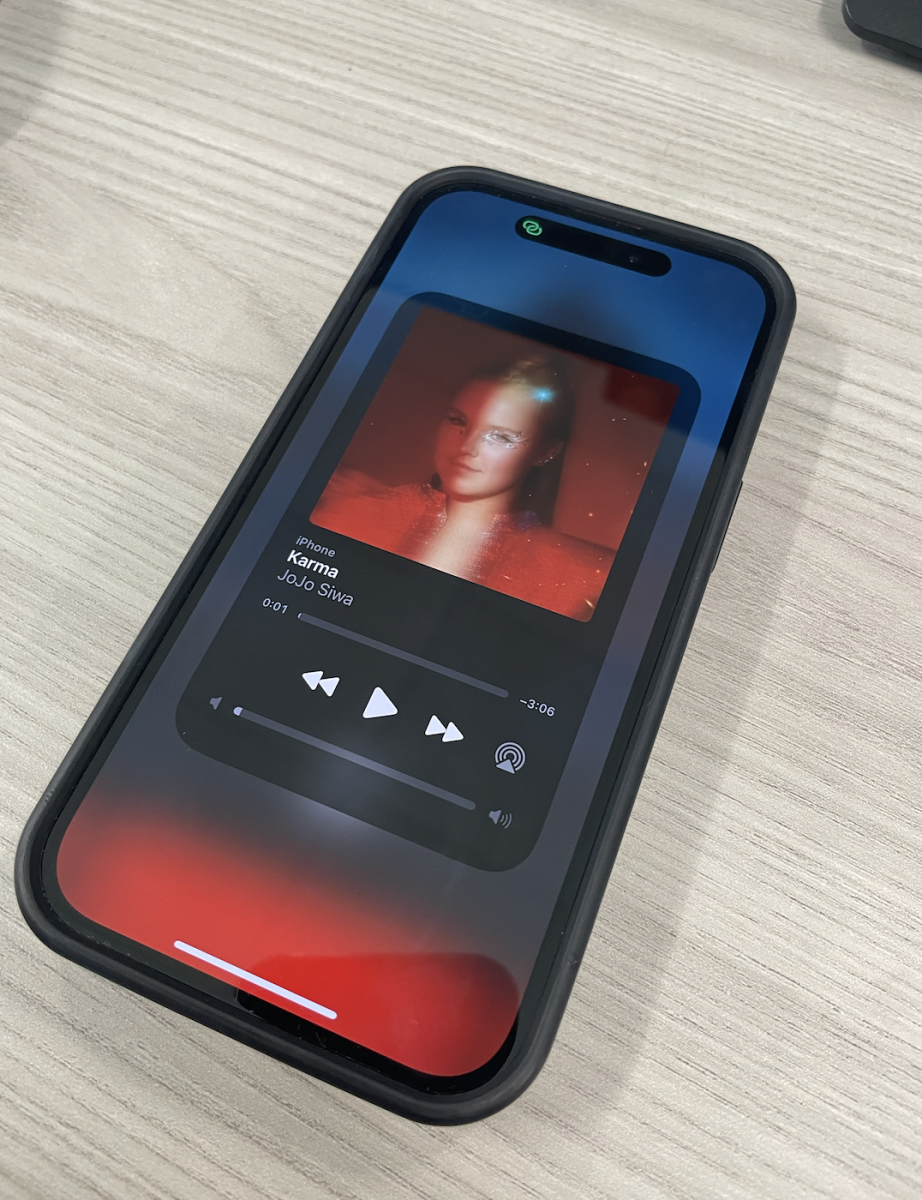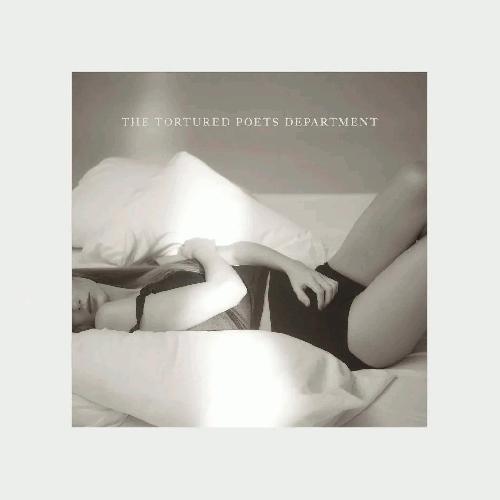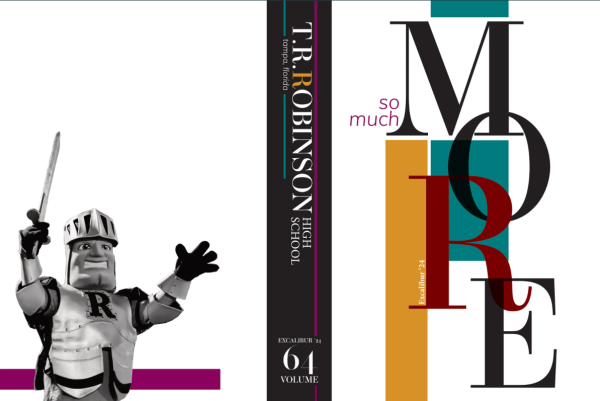ISSUE 3: Neil Young’s Choice To Drop Spotify Reveals a Larger Issue at Play
The singer of “Keep on Rockin’ in the Free World” appears to be doing just that.
Photo Samuel Elliott
Folk Artist Neil Young, among the various streaming services he’s endorsed or rejected.
February 25, 2022
On Tuesday, Jan. 24, as many have probably heard, folk artist Neil Young removed his catalog from the streaming service Spotify, in protest of their support of podcaster Joe Rogan. Young’s argument was that “The Joe Rogan Experience” was promoting false information regarding the current coronavirus pandemic, and Spotify’s endorsement of it was unsafe and irresponsible. After a few days’ exchanges of letters and condemnations, Young issued an ultimatum: remove Joe Rogan or lose Neil Young.
The deal didn’t follow through and Young kept to his word by removing almost all of his music from Spotify, save a few compilation tracks and features. This meant that the sole platforms still carrying his discography included Apple Music, Amazon Music and some hi-res streaming services such as Tidal and Qobuz.
Now I’m not saying that Neil is completely in the right here (his proclamation of “I LOVE APPLE” in a later Instagram post was rather cringe-inducing), but the situation at large alludes to a deeper problem at play—the inherent inequality of streaming services and the problems of their industry dominance. Business Insider recently revealed that artists get paid $0.003 to $0.005 per stream on Spotify, less than a single penny. That means even if a song gets 100,000 streams—an insane number—the artist would receive at most $500, which is then reduced further, as the first ones to be paid are often the distributor, record label and manager. While this might be somewhat doable as a portion of income for massive artists like Neil Young, independent artists are given a far shorter end of the stick; doubly so if they’re a single-person operation.
With the sale of physical music being reduced to merely a novelty in markets such as the United States, as well as the fact that live concerts (and thus merch sale opportunities) have reduced to near-nothing within the past two years, the bulk of an artist’s income might be solely digital music. In the past, this might have been somewhat doable with the sale of actual .mp3 and .flac files, however, it just doesn’t work when artists are getting paid fractions of a penny for their hard work.
This really reflects a larger trend of the devaluation of music as a whole. Streaming services provide just about the least value consumers and artists have ever gotten for their money in the music industry and the abandonment of these services by artists is the natural consequence of that. Services like Bandcamp have tried to pick up the torch by providing an artist-friendly way to make fairly off their music and their growth is resultant of that. Even Neil’s recommendations of hi-res services such as Tidal are a better option: at least they provide the user with something to keep after spending their money.
Neil Young’s choice to jump off Spotify’s burning ship was a good one—as it doesn’t look like it’ll be “landing on water” anytime soon.


















